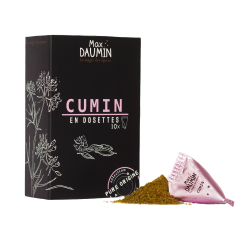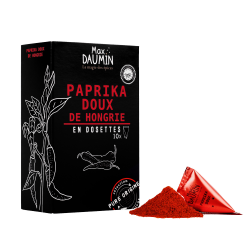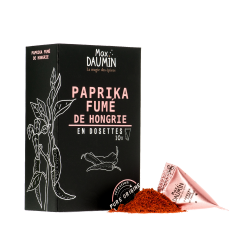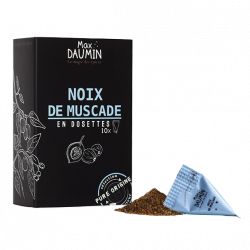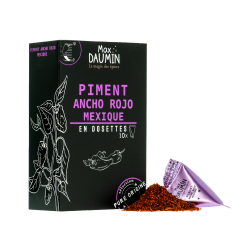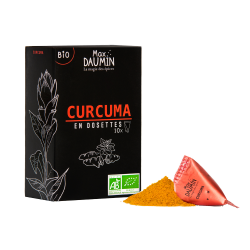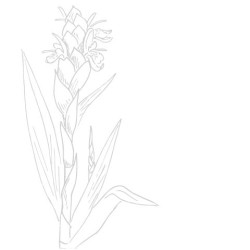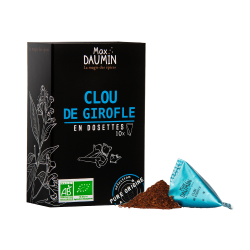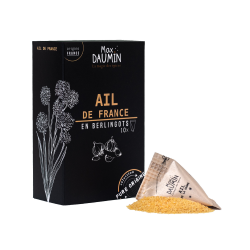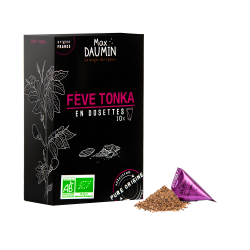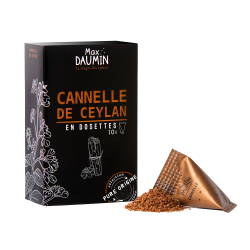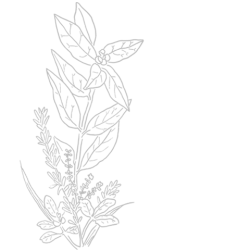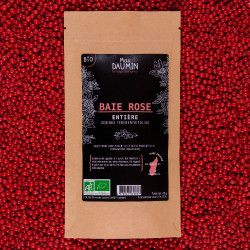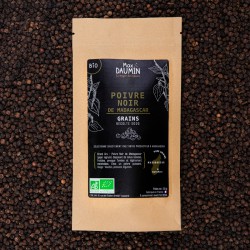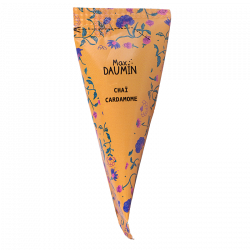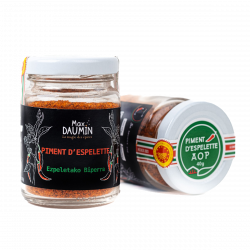Bear's garlic from Ain
Our wild garlic is harvested by hand, sorted and dried by Max himself. Wild garlic colonies are 5 minutes from his home in a pretty little discreet and wild valley. The shortest path we have found for a spice! A wild garlic from Ain, France, not imported. Wild garlic is a wild plant whose leaves have a delicate and more subtle alliaceous taste than cultivated garlic. The berlingot protects the precious flavors of this dried wild garlic (leaves and flowers part)
-
Net weight : 10g
-
Dimensions :
-
Recyclable box and berlingots : Sorting paper / cardboard


History
Plant & perfume
Wild garlic (Allium ursinum) is a plant of the Alliaceae family (Alliaceae are a family of plants in which we find the onions, shallots, leeks, garlic or even chives)
It particularly appreciates humid places: rivers, springs, marshy areas in the undergrowth, etc.) and always grows in colonies (sometimes very large). If its leaves are crumpled, then a subtle garlic odor emerges, less aggressive than common garlic. The leaves appear at the end of March to around mid-June. Everything about this plant is edible: its bulb, stem, leaves and flowers!
If you want to pick it, you have to be vigilant because two dangerous plants: lily of the valley which remains toxic and autumn colchicum which can prove fatal in high doses. Recognition is mainly done on the shapes of stems and leaves. Colchic and lily of the valley leaves have no stems (petiole). A relentless test is the smell, the wild garlic leaf smells of garlic, the other two plants do not. Picking wild plants is always a pleasure, but for which some botanical knowledge is necessary to avoid making mistakes.
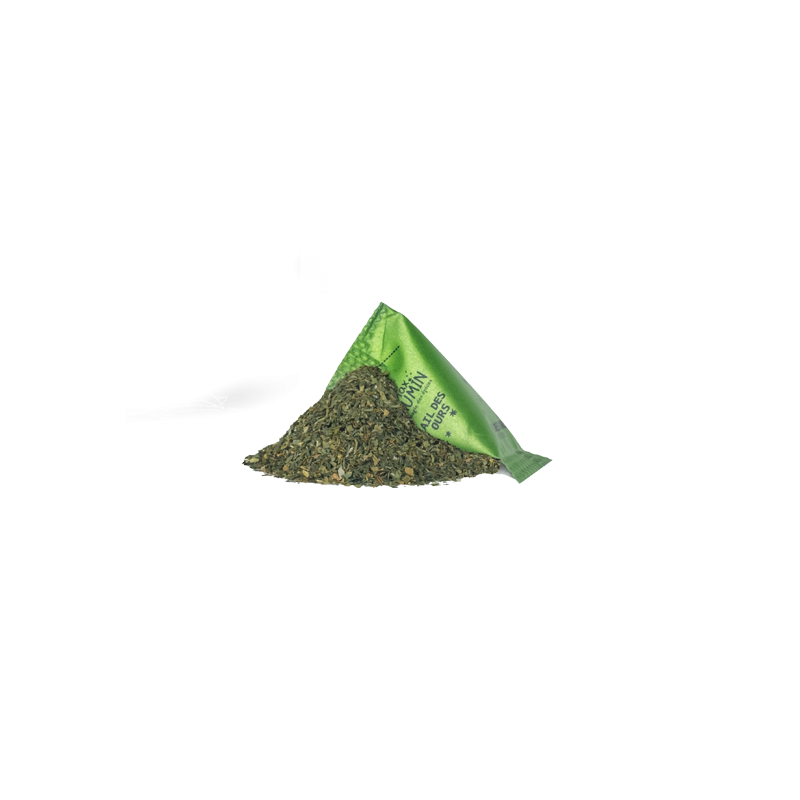

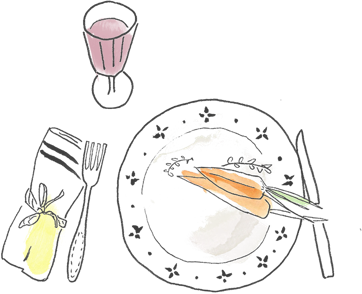
Benefits
Cooking and Virtue
It is still highly appreciated for its high vitamin C content and its properties: wild garlic is depurative, antiseptic, antiparasitic, slimming and regenerating.
Dehydrated wild garlic can be used in your pan-fried vegetables, meats as well as in your legumes, starches. It rehydrates very well, however prefer the end of cooking to enhance all its flavors.

Origins
A long journey
The plant owes its name to the legend that bears were fond of it at the end of winter.
Wild garlic was already used in the Middle Ages as a purifying plant. Traces of it have even been found in dwellings dating from the Neolithic period. It was even considered that this plant was clearly superior in active and magical ingredients than classic garlic.
Wild garlic originated in Asia, but it quickly spread throughout the world. It is found everywhere in Europe, in France, except the Mediterranean areas. Wild garlic abhors dry and arid areas.


13 other products in the same category:

Customers who bought this product also bought:











